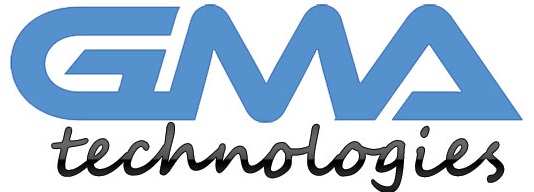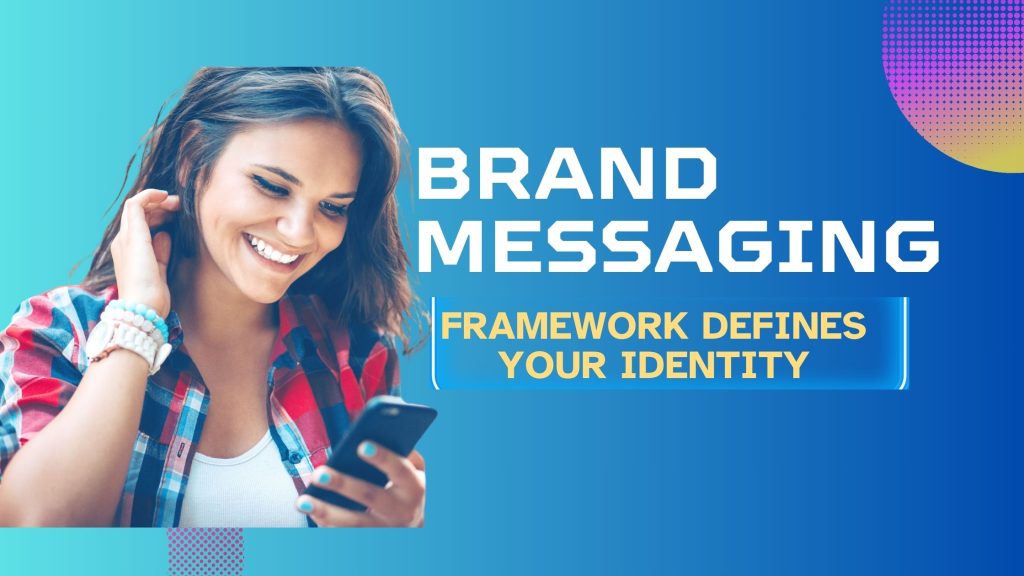In today’s crowded marketplace, brands are more than just logos or catchy slogans. They represent a promise, an experience, and a connection with consumers. But how do you ensure your brand stands out amidst the noise? The answer lies in creating a robust Brand Messaging Framework. This powerful tool goes beyond mere words; it encapsulates your essence and communicates who you are to your audience.
Imagine walking into a store where every sign speaks directly to you—every message resonating deeply with your values and needs. That’s the magic of effective brand messaging. It creates clarity not only for the consumer but also for the brand itself. When crafted thoughtfully, this framework becomes the backbone of all marketing efforts, guiding everything from social media posts to customer interactions.
Ready to dive deeper into how a well-defined Brand Messaging Framework can elevate your identity? Let’s explore its importance and benefits together!
The Benefits of Having a Brand Messaging Framework
A brand messaging framework acts as a roadmap for your business. It provides clarity and direction, ensuring that every piece of communication aligns with your core values.
When you have a defined framework, it streamlines the creative process. Teams can easily reference established guidelines, which saves time and enhances collaboration.
Consistency becomes an inherent trait of your brand. With clear messaging in place, everything from social media posts to advertising campaigns reflects a unified voice.
This approach not only builds trust but also fosters recognition. Customers begin to associate particular messages with your brand identity over time.
Furthermore, it empowers storytelling. A well-structured framework allows you to share narratives that resonate deeply with audiences while remaining authentic.
Having a solid foundation enables you to adapt and evolve without losing sight of who you are as a brand.
Understanding Your Target Audience
Understanding your target audience is crucial for effective brand messaging. It’s about knowing who they are, what they value, and how they communicate.
Start by gathering data. Use surveys, social media insights, and analytics to learn more about their demographics and behaviors. This information helps you tailor your message directly to them.
Next, dig deeper into their needs and pain points. What challenges do they face? How can your brand solve these problems?
Empathy plays a key role here. Step into their shoes to understand their motivations better. What drives them?
Don’t forget the emotional aspect of connection. People resonate with brands that reflect their values and aspirations. Build messaging that speaks directly to these emotions for stronger engagement with your audience.
Defining Your Unique Selling Proposition (USP)
Defining your Unique Selling Proposition (USP) is a crucial step in developing an effective brand messaging framework. Your USP sets you apart from competitors and highlights what makes your brand special.
Start by pinpointing the specific benefits of your products or services. What do you offer that others don’t? This could be exceptional quality, innovative features, or outstanding customer service.
Next, consider your audience’s needs. Aligning your USP with their desires creates a powerful connection. It shifts the focus from mere transactions to meaningful relationships.
Be concise and clear when articulating your USP. Use simple language that resonates with potential customers.
Ensure consistency in communicating this message across all platforms—from social media to advertisements—so it becomes synonymous with your brand identity. A well-defined USP reinforces trust and loyalty among consumers while enhancing overall recognition within the market.
Crafting Your Brand Story
Every brand has a story waiting to be told. Crafting your brand story is about connecting emotionally with your audience.
Start by reflecting on your origins. What inspired you to launch your business? Share the challenges you’ve faced and the triumphs that shaped you. Authenticity resonates deeply, so let your personality shine through.
Next, weave in the values that guide you. These principles not only define who you are but also attract like-minded customers looking for connection.
Remember, a great brand story is relatable and inspires action. Use vivid imagery and compelling narratives that evoke emotions—whether that’s joy, nostalgia, or empowerment.
Consider how this narrative fits into various touchpoints of communication. Your website, social media channels, and marketing materials should all echo this cohesive storyline for maximum impact.
Creating Consistency Across All Platforms
Creating consistency is vital for a solid brand identity. When your message, tone, and visuals align across all platforms, it builds trust with your audience.
Start by developing clear guidelines that outline how your brand communicates. This includes voice, style, color schemes, and logo usage. Consistency in these areas reinforces recognition.
Consider each platform’s unique environment while maintaining core elements. For instance, content on social media may be more casual than that on your website but should still reflect the same underlying values.
Regular audits of your messaging can help identify discrepancies. Make adjustments as needed to ensure every touchpoint resonates with the same essence of who you are.
Engaging visuals also play a critical role. Whether it’s images or typography, consistency enhances professionalism and makes it easier for customers to connect with your brand narrative across different channels.
Implementing and Refining Your Brand Messaging Framework
Implementing your brand messaging framework is where the magic begins. Start by integrating it into every piece of content you create. This ensures that your voice resonates consistently across all channels.
Engage with your audience regularly to gauge their reactions. Feedback is invaluable in this phase. It can highlight areas needing adjustment or improvement.
Refining the framework should be an ongoing process, not a one-time task. Trends change and so do consumer preferences. Stay agile; evolve as needed to maintain relevance.
Utilize analytics tools to track performance metrics related to your messaging efforts. Data-driven insights will guide you toward effective adjustments that enhance clarity and connection with your audience.
Empower your team by providing training on how to utilize the framework effectively. Everyone should understand its significance and how it shapes interactions with customers, ensuring a unified brand presence at all times.
Conclusion: The Power of a Strong Brand Identity
A strong brand identity is the backbone of any successful business. It shapes how customers perceive your company and influences their buying decisions. With a well-crafted brand messaging framework, you can create a cohesive narrative that resonates with your audience.
This framework not only helps you articulate who you are but also clarifies what sets you apart in a crowded market. By understanding your target audience and defining your unique selling proposition, you’re able to connect on an emotional level.
Consistency across all platforms reinforces trust and reliability. When every piece of communication echoes the same message, it builds familiarity over time. Implementing this framework allows for ongoing refinement as trends shift and audiences evolve.
Embracing the power of a strong brand identity opens doors to greater engagement, loyalty, and success. Your messaging isn’t just words—it’s the very essence of who you are as a business. Make sure it’s clear, compelling, and uniquely yours.

